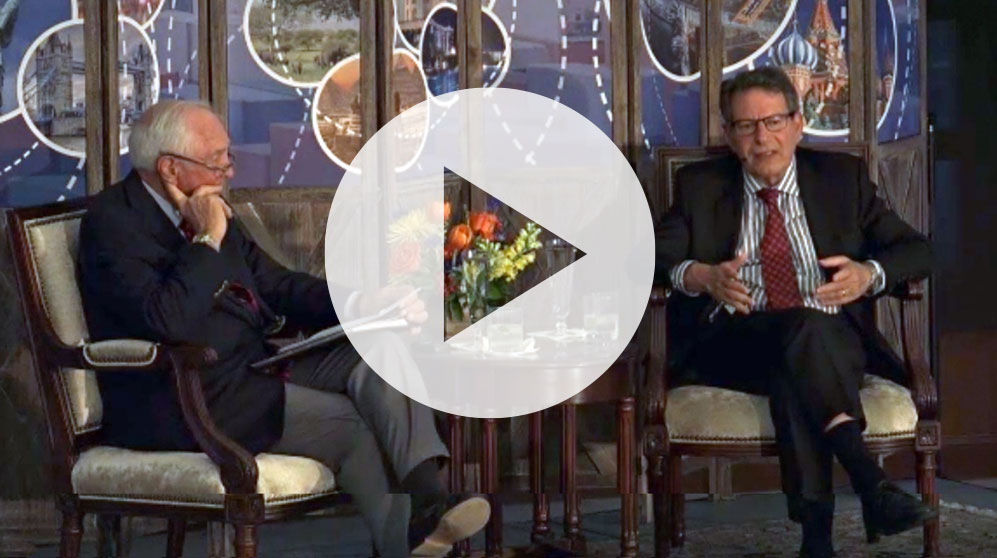Energy Crisis Fears Have Cooled Yet Not Disappeared
• 3 min read
- Brief: Global Economy

Get the latest in Research & Insights
Sign up to receive an email summary of new articles posted to AMG Research & Insights.

In 2022 the world was thrown into an energy crisis ignited by Russia’s invasion of Ukraine. Initially fears were high as evidenced by the price spikes in oil and natural gas. Fears have since cooled as the global flow of hydrocarbons have not been as severely impacted as once anticipated and Europe experienced a milder than expected winter, thus far. However, uncertainty over Russia’s oil and gas supplies will persist, particularly in the first half of 2023, allowing for the energy crisis to potentially resurface.
Russian hydrocarbon flows will likely dwindle this winter as the European Union (EU) widens sanctions on Russian oil, including a price cap and embargoes planned to start in February. In retaliation, Russia is expected not to sell oil to countries honoring the price cap. While the price cap that went into effect December 5, 2022, has not had time to fully impact the market, analysts and investors wait in anticipation for the actors’ next moves.
A dim macroeconomic environment and sufficient supply have allowed oil prices to fall from the summer highs. The selloff comes despite lower OPEC+ production, the price cap, the planned embargoes, and China relaxing pandemic restrictions, which could pave the way for quicker than expected demand recovery in the world’s second largest oil consumer.
All this uncertainty means investors should expect continued price volatility. The Energy Information Administration forecasts Brent crude to average $83 a barrel in 2023, down 18% from 2022. However significant upside price risks still exist, namely the acceleration of China returning to normal, and the upcoming February EU product embargo on Russian oil.
Turning to the natural gas side of this melodrama, Russia’s deliveries to the EU as of September 2022 were down 80% compared to recent years. However, European storage sites were at 94% capacity by the end of October thanks to a mild autumn, consumer restraint and purchases from other suppliers. Last winter, Russia supplied 20% of gas demand to the EU. The EU has largely been able to replace this via other sources, such as the United States. American liquified natural gas exports to Europe have made up for half of the missing Russian supplies.
It’s a remarkable achievement, considering that just a few months ago analysts worried that Europe would freeze if it lost its Russian gas supplies. Still, Europe and the rest of the world are not out of the woods yet. If China manages to jump start its economy following the end of its pandemic lockdowns, global demand for oil and natural gas will increase and drive prices back up.
This information is for general information use only. It is not tailored to any specific situation, is not intended to be investment, tax, financial, legal, or other advice and should not be relied on as such. AMG’s opinions are subject to change without notice, and this report may not be updated to reflect changes in opinion. Forecasts, estimates, and certain other information contained herein are based on proprietary research and should not be considered investment advice or a recommendation to buy, sell or hold any particular security, strategy, or investment product.
Get the latest in Research & Insights
Sign up to receive a weekly email summary of new articles posted to AMG Research & Insights.




